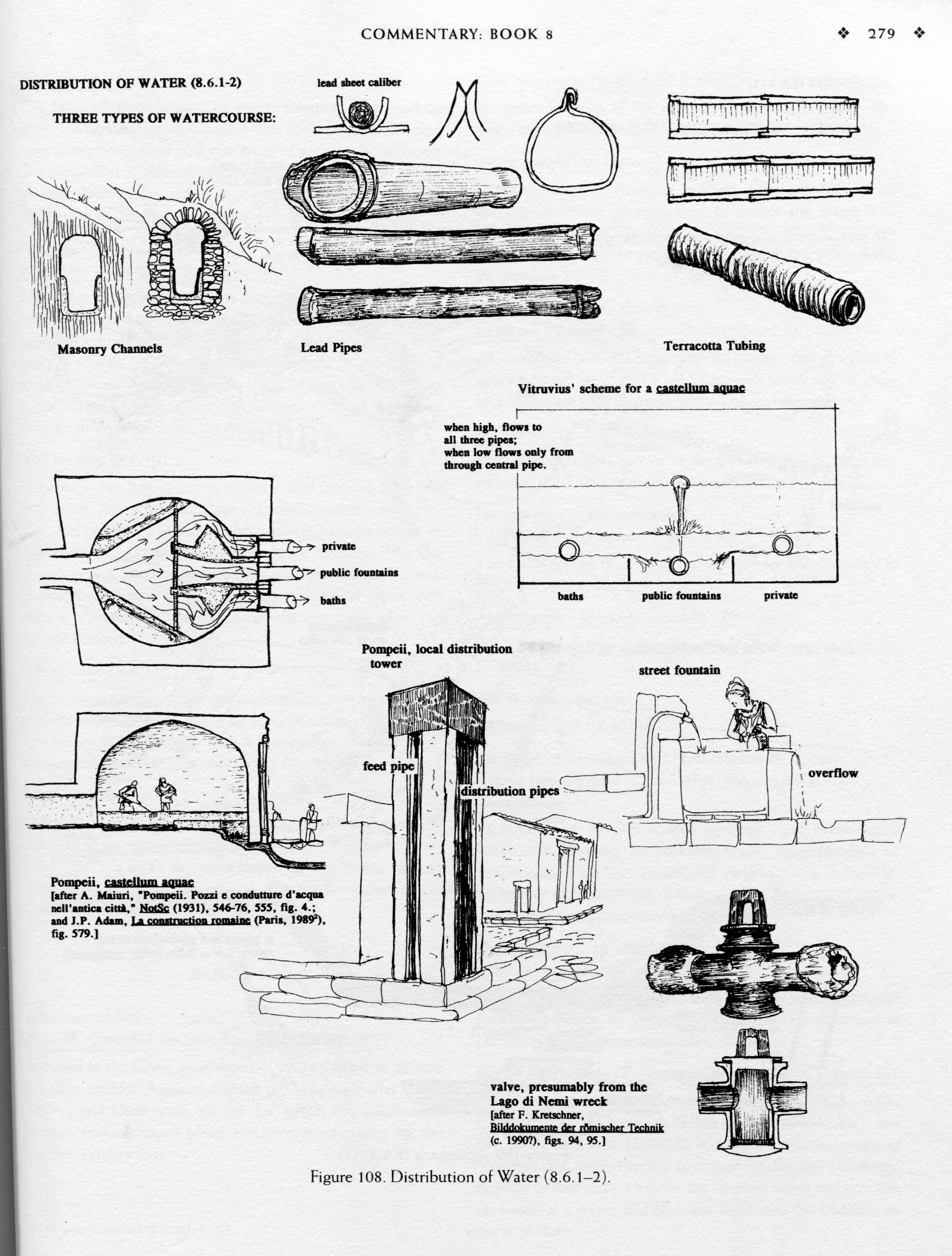
Title: The Ascendancy of the Mathematical Practitioner in Renaissance and Early Modern Europe
In the intellectual and cultural milieu of medieval Europe, mathematics was predominantly sidelined within the academic framework. The scholarly curriculum adhered to Aristotelian natural philosophy, relegating mathematics to a secondary status—viewed merely as a tool for measurement yet inadequate for revealing insights about the natural world. At most, minimal emphasis was placed on the quadrivium—arithmetic, geometry, music, and astronomy—as components of the liberal arts, while mathematics was largely quarantined as a hands-on, frequently undervalued discipline. Nonetheless, beyond academic walls, a subtle revolution was unfolding. This transformation heralded the emergence of a novel social and intellectual archetype: the mathematical practitioner.
Who Were the Mathematical Practitioners?
Mathematical practitioners were experts in practical mathematics, applying their knowledge to areas such as cartography, navigation, astronomy, surveying, architecture, and artillery. They were not philosophers by profession and did not enjoy the same esteem as university academics, yet their contributions were vital—particularly in royal courts, military endeavors, and the expanding frontiers of global exploration. Individuals such as Nicolas Kratzer, who acted as King Henry VIII’s horologist—creating sundials and timekeeping devices—epitomized the status of these craftsmen in the early sixteenth century. However, this standing would undergo significant changes over the ensuing two centuries.
The Academic Oversight of Mathematics
In medieval universities, mathematics was often scorned, and teaching positions were frequently assigned at random. Being assigned to teach a mathematics course felt akin to a stroke of bad luck. Despite this, mathematics started to flourish outside of conventional universities, especially within royal courts, where rulers employed astrologers who concurrently acted as mathematicians and astronomers.
The First Viennese School and the Renewal of Astronomy
The shift began with the First Viennese School of Mathematics around the mid-fifteenth century, featuring pivotal figures such as Johannes von Gmunden, Georg von Peuerbach, and Johannes Regiomontanus. They revitalized and reformed the Ptolemaic mathematical astronomy, establishing a framework that would impact subsequent generations of astronomers, including Nicolaus Copernicus and Johannes Kepler.
A Humanist Boost: Astro-Medicine and Academic Roles
Another critical development arose with the advent of astro-medicine, or iatromathematics. Humanists fused astrology with the humoral medical doctrine, which necessitated astronomical and mathematical skills for constructing medical charts. This practical demand facilitated the establishment of specific mathematics chairs at institutions like those in Northern Italy and Krakow, signaling a shift in the academic perception of mathematics.
Geography, Cartography, and the Resurgence of Ptolemy
Ptolemy’s Geōgraphikḕ Hyphḗgēsis made its way back into Europe during the early fifteenth century, transforming geography by presenting a mathematical methodology for world mapping based on coordinates. Prior to this, medieval maps such as mappa mundi were more theological than geographical. The renewed focus on accurate cartography had extensive implications for navigation and political geography.
Gemma Frisius and the Craft of Triangulation
In 1533, Gemma Frisius released Libellus de locorum describendorum ratione, introducing triangulation for surveying and cartography. This method allowed a level of accuracy previously unattainable in mapping and became a foundational technique in land surveying throughout Europe.
Navigational Mathematics and the Era of Discovery
Navigational challenges during the Age of Exploration necessitated advancements in mathematical understanding. Figures like Bartolomeu Dias, Vasco da Gama, and Christopher Columbus propelled Europe into the Atlantic and beyond, relying on increasingly advanced instruments and maps. Although portolan charts were initially modified for these new voyages, their flat-Earth projections were inadequate over vast distances. The quest for precise marine charts spurred advancements in maritime cartography.
The Function of Mathematical Practitioners in Military Affairs
Artillery also transformed the function of mathematical practitioners. The rise of field artillery in the sixteenth century created a demand for ballistic calculations and the redesign of fortifications. Traditional tall walls were supplanted by star forts—polygonal bastions that depended on geometric principles to optimize defense and crossfire efficiency.
Broadening the Practitioner’s Skill Set: Tools and Optics
With evolving requirements came the invention and refinement of numerous instruments by mathematical practitioners: the theodolite, astrolabe, quadrant, plane table, surveyor’s compass, sector, and slide rule, to name a few. These devices facilitated mathematical measurements that were crucial across various fields, from engineering and surveying to astronomical observation.
The Artistic Shift: Linear Perspective and Engineering
In Northern Italy, artist-engineers such as Leonardo da Vinci and Leon Battista Alberti explored the intersection of art, architecture, and mathematics. Alberti’s innovative studies on linear perspective, fortifications, and urban planning introduced fresh geometric concepts into the visual and structural ethos of the Renaissance.